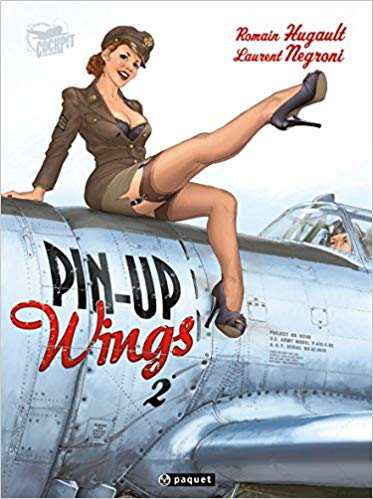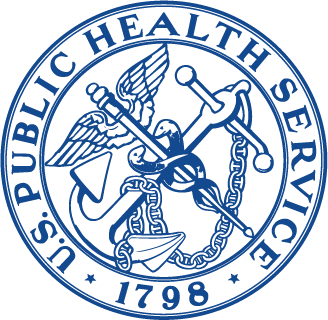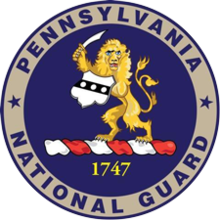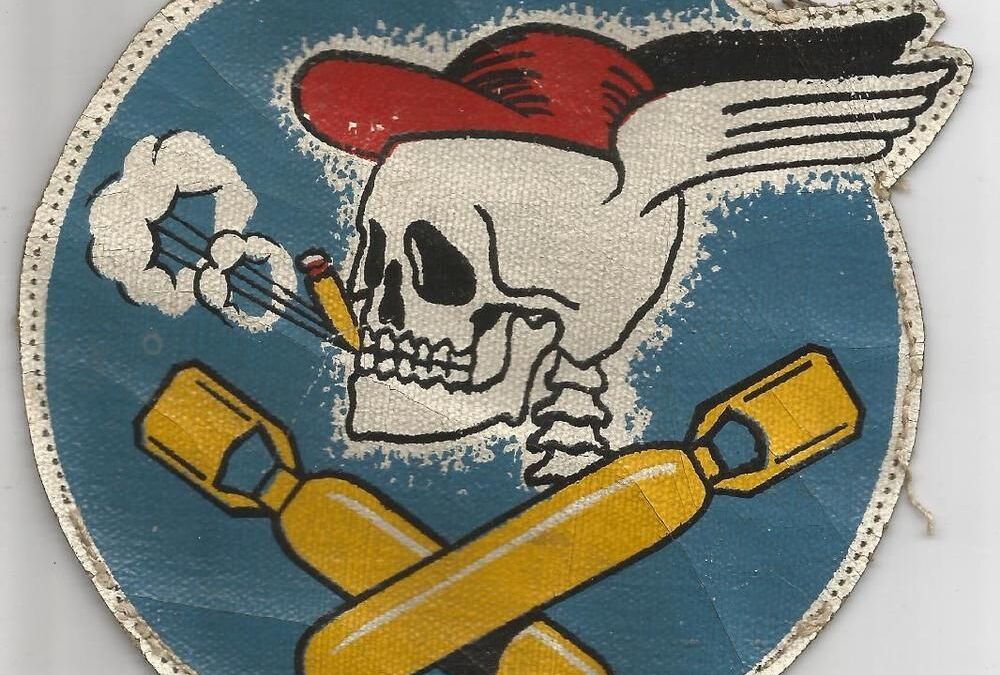
Pin Up Wings





Rosie the Riveter is a cultural icon of World War II, representing the women who worked in factories and shipyards during World War II, many of whom produced munitions and war supplies. These women sometimes took entirely new jobs replacing the male workers who joined the military. Rosie the Riveter is used as a symbol of American feminism and women’s economic advantage. Similar images of women war workers appeared in other countries such as Britain and Australia. The idea of Rosie the Riveter originated in a song written in 1942 by Redd Evans and John Jacob Loeb. Images of women workers were widespread in the media as government posters, and commercial advertising was heavily used by the government to encourage women to volunteer for wartime service in factories.
According to the Encyclopedia of American Economic History, “Rosie the Riveter” inspired a social movement that increased the number of working American women from 12 million to 20 million by 1944, a 57% increase from 1940. By 1944 only 1.7 million unmarried men between the ages of 20 and 34 worked in the defense industry, while 4.1 million unmarried women between those ages did so. Although the image of “Rosie the Riveter” reflected the industrial work of welders and riveters during World War II, the majority of working women filled non-factory positions in every sector of the economy. What unified the experiences of these women was that they proved to themselves (and the country) that they could do a “man’s job” and could do it well. In 1942, just between the months of January and July, the estimates of the proportion of jobs that would be “acceptable” for women was raised by employers from 29 to 85%. African American women were some of those most affected by the need for women workers. It has been said that it was the process of whites working alongside blacks during the time that encouraged a breaking down of social barriers and a healthy recognition of diversity.


United States (U.S.) Cadet Nurse Corps (CNC) was authorized by the U.S. Congress and signed into law as a nondiscriminatory program in July 1943. Its purpose was to help alleviate the nursing shortage that existed during World War II. The United States Public Health Service (USPHS) was named the supervisory agency; it was answerable to the surgeon general of the United States, Thomas Parran, Jr. The USPHS established a division to administer the CNC program and Parran appointed Lucile Petry, a registered nurse (RN), as its director.
The program was open to all women between the ages of 17 and 35 who were in good health and had graduated from an accredited high school. The recruiting target was the high-school graduate but college women were also recruited. Few media sources lacked advertising for the CNC. All state nursing schools in the U.S. were eligible to participate in the program; they were, however, required to be accredited by the accrediting agency in their state and be connected with a hospital that had been approved by the American College of Surgeons. The participating schools of nursing were required to compress the traditional nursing program of 36 months into 30 months and were obligated to provide the students with the clinical experiences of medicine, surgery, pediatrics, and obstetrics.
The cadets came from locations across the nation and from all backgrounds. The CNC was the largest of the federal nurse-training programs; it allowed young women to serve their country in uniform and without discrimination. Of the 1,300 schools of nursing in the country, 1,125 participated in the program. The CNC operated from 1943 until 1948; during this period 179,294 student nurses enrolled in the program and 124,065 of them graduated from participating nursing schools. The American Hospital Association credited the cadet student nurses with helping to prevent the collapse of civilian nursing in the U.S. during the war.


The Pennsylvania Army National Guard, abbreviated PAARNG, is part of the United States Army National Guard and is based in the U.S. Commonwealth of Pennsylvania. Together with the Pennsylvania Air National Guard, it is directed by the Pennsylvania Department of Military and Veterans Affairs. The PAARNG maintains 124 armories and is present in 87 communities across the Commonwealth.


Activated as a B-26 Marauder medium bombardment squadron in mid-1943. Trained under Third Air Force and deployed to European Theater of Operations in March 1944. Initially being stationed in England and assigned to IX Bomber Command.
Engaged in tactical bombardment of enemy targets in Occupied Europe initially from stations in England, then after D-Day, moved to Advanced Landing Grounds in France and Belgium; advancing eastward as Allied ground forces advanced. Supported Eighth Air Force strategic bombardment missions over Nazi Germany and Occupied Europe; striking enemy airfields to obtain maximum interference in Luftwaffe day interceptor attacks on heavy bomber formations returning to England. Also participated in Western Allied Invasion of Germany, March–April 1945, combat ending with German Capitation in May 1945.
Became part of the United States Air Forces in Europe performing occupation duty in Germany while squadron demobilized personnel in 1945. Squadron reassigned to the United States as a paper unit, inactivated in February 1946.
Recent Comments